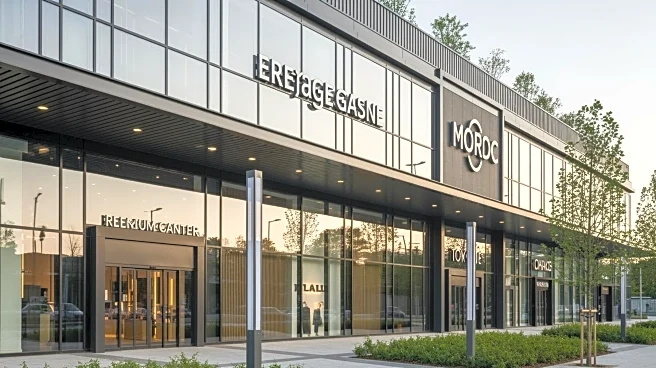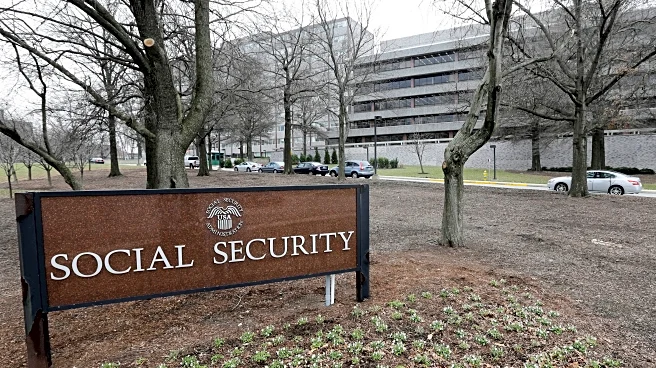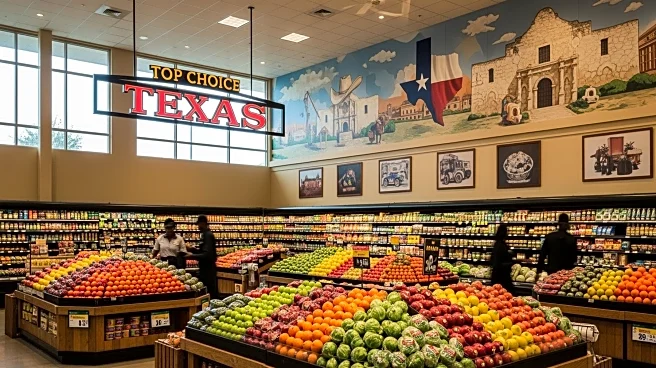What's Happening?
Walmart has recently acquired the Walmart Center in Norwalk, Connecticut, for $44 million, marking its latest purchase of a shopping plaza. This acquisition includes not only the property for a singular store but also the surrounding area, which houses
other retailers such as TJ Maxx, Starbucks, and Chipotle. The move is part of Walmart's strategy to control more comprehensive shopping environments and potentially participate in future redevelopments. Earlier this year, Walmart also purchased the Bethel Park Shopping Center in Pennsylvania for $39.6 million, further expanding its real estate footprint.
Why It's Important?
Walmart's acquisition of entire shopping centers represents a strategic shift in how the retail giant approaches customer experience and real estate management. By owning the full strip, Walmart can oversee the facilities and tenant mix, potentially enhancing the shopping experience and increasing foot traffic to its stores. This approach allows Walmart to generate additional revenue through real estate profits and rent from other retailers. The acquisitions could also lead to redevelopment opportunities, positioning Walmart as a key player in shaping the future of retail spaces.
What's Next?
Walmart has indicated plans to demolish the Monroeville Mall in Pennsylvania, which it acquired earlier this year, to create a modern, mixed-use destination. This suggests that similar redevelopment projects could be considered for the newly acquired centers in Norwalk and Bethel Park. As Walmart continues to expand its real estate holdings, stakeholders such as local businesses and community leaders may react to potential changes in the retail landscape and the impact on local economies.
Beyond the Headlines
The acquisition of shopping centers by Walmart raises questions about the future of traditional malls and the role of large retailers in urban planning. As Walmart becomes a landlord, it may influence the types of businesses that occupy these spaces, potentially affecting the diversity and vibrancy of local retail environments. Additionally, the move could signal a trend where major retailers seek to control more aspects of the shopping experience, from parking to store selection.














